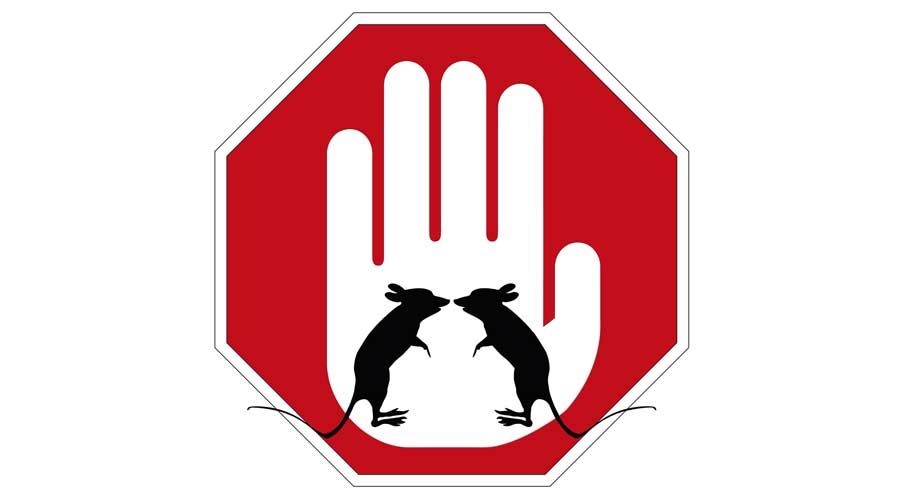
Fall has arrived and temperatures across the country are beginning to dip leaving commercial facilities at risk for increased rodent pressure. During Rodent Awareness Week, Oct. 16 – 22, 2022, the National Pest Management Association (NPMA) is warning commercial facilities to be extremely vigilant in their rodent prevention efforts by looking for signs of rodent infestations that can be costly for their business. Commercial facilities are encouraged to schedule regular inspections with their professional pest control partners to stop rodents in their tracks.
“The abundance of food, water and shelter found inside commercial facilities make them a haven for rodents during the fall and winter,” says Cindy Mannes, senior vice president of Public Affairs at NPMA. “A rodent infestation can be detrimental to your business’ reputation, resulting in a loss of customers and revenue if not handled promptly and properly. A reliable pest control partner can help prevent infestations year-round.”
To help commercial facility managers, NPMA is sharing the top six signs of a rodent infestation they should keep an eye out for.
• Droppings: Finding mice or rat droppings around the facility is one of the most common signs of a rodent infestation. These pellets are often left behind in places where food is stored, such as commercial kitchens storage areas, as well as under sinks, inside chewed cardboard boxes, along baseboards and on top of wall beams.
• Gnaw marks: Rodents can cause serious property damage by chewing through almost any type of material – including plastic and lead pipes – to obtain food or water. House mice and Norway rats are also known to gnaw on wires behind walls, sometimes causing fires.
• Nests: Rodents prefer to nest in dark, secluded areas where there is little chance of disturbance. House mice, specifically, like to build their nests out of shredded paper products, cotton, packing materials, wall insulation and fabrics. If facility managers find these materials scattered around guest rooms or common areas, it might be a sign that rodents are nearby.
• Tracks or rub marks: Rats tend to leave dark grease or dirt marks along walls and floorboards as they follow a trail throughout the building between their nest and food sources. Facility managers should keep an eye out for these rub marks, which are actually caused by the rat’s oily fur.
• Strange noises: Getting complaints that employees or customers are hearing strange noises in the walls? Chances are these sounds can be attributed to a family of rodents scurrying about the facility, between the walls and up in attics. Rodents are especially fond of storage spaces because they provide dark, secluded spots to build nests.
• An actual rodent: Mice can breed rapidly, so if a facility manager or a customer spot one mouse in the building, it’s likely there are others playing hide and seek. In fact, a female house mouse can give birth to a half dozen babies every three weeks, up to 35 young per year.
To prevent rodent infestations, NPMA recommends facility managers regularly inspect common areas and storage rooms for the signs listed above. Additionally, seal any structural cracks or crevices with caulk or steel wool, as mice can fit through openings as small as a dime. Be sure to keep kitchens and storage areas clutter free and eliminate any excess moisture around the facility. All food items should be stored in airtight containers and garbage should be disposed of regularly. Lastly, NPMA recommends that businesses work with a licensed pest control professional to handle any pest issues. Partnering with a pest control professional will help to protect our food supply and our critical national infrastructure, while also continuing to decrease the threat of pest-borne disease.

 Celebrating BSCAI's 60th Anniversary eBook
Celebrating BSCAI's 60th Anniversary eBook The Down and Dirty on Cleaning in Virus Season
The Down and Dirty on Cleaning in Virus Season How Surfactant Use is Expanding in Commercial Cleaning
How Surfactant Use is Expanding in Commercial Cleaning